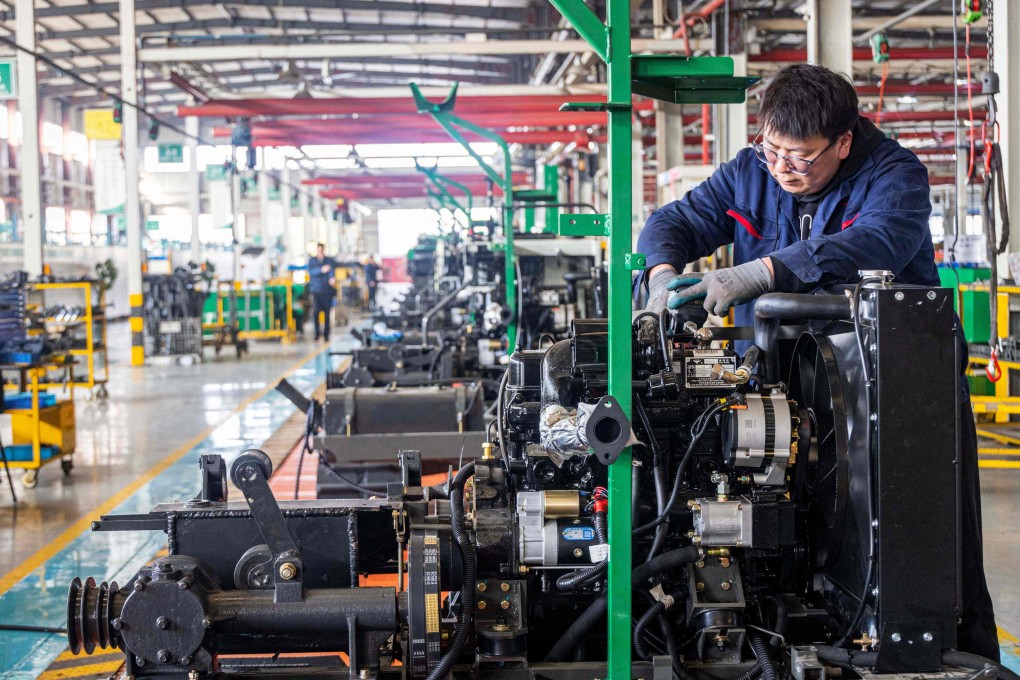China banks on trade-in plan to give growth a jolt with tax breaks, loans
- China has released more details on a planned initiative to replace industrial equipment and consumer goods through large-scale trade-ins
- Programme likely to boost spending and hasten upgrade speed for big-ticket items like automobiles, but overall growth impact less certain

China has launched a large-scale trade-in scheme to upgrade its stock of industrial equipment and drive spending on consumer goods – one part of a larger effort to meet an ambitious annual target for economic growth – but it remains an open question whether private manufacturers and households will take part in the government initiative, and for those that do how extensive their participation will be.
In a circular released on Wednesday, the State Council, the country’s cabinet, said China aims to increase investments for equipment in heavy industry, construction, agriculture, transport, education and healthcare by at least 25 per cent in 2027 compared to last year.
It is also encouraging over 90 per cent of its industrial enterprises with revenues in excess of 20 million yuan (US$2.8 million) to leverage digital research and design tools in production as a means of loss reduction.
Big-ticket items like automobiles, home appliances and furniture are high on the priority list for the trade-in programme.
The central government is planning to double the volume of end-of-life vehicles recycled by 2027 compared to 2023, with a 30 per cent increase in the recycling rate for used appliances during the same period.